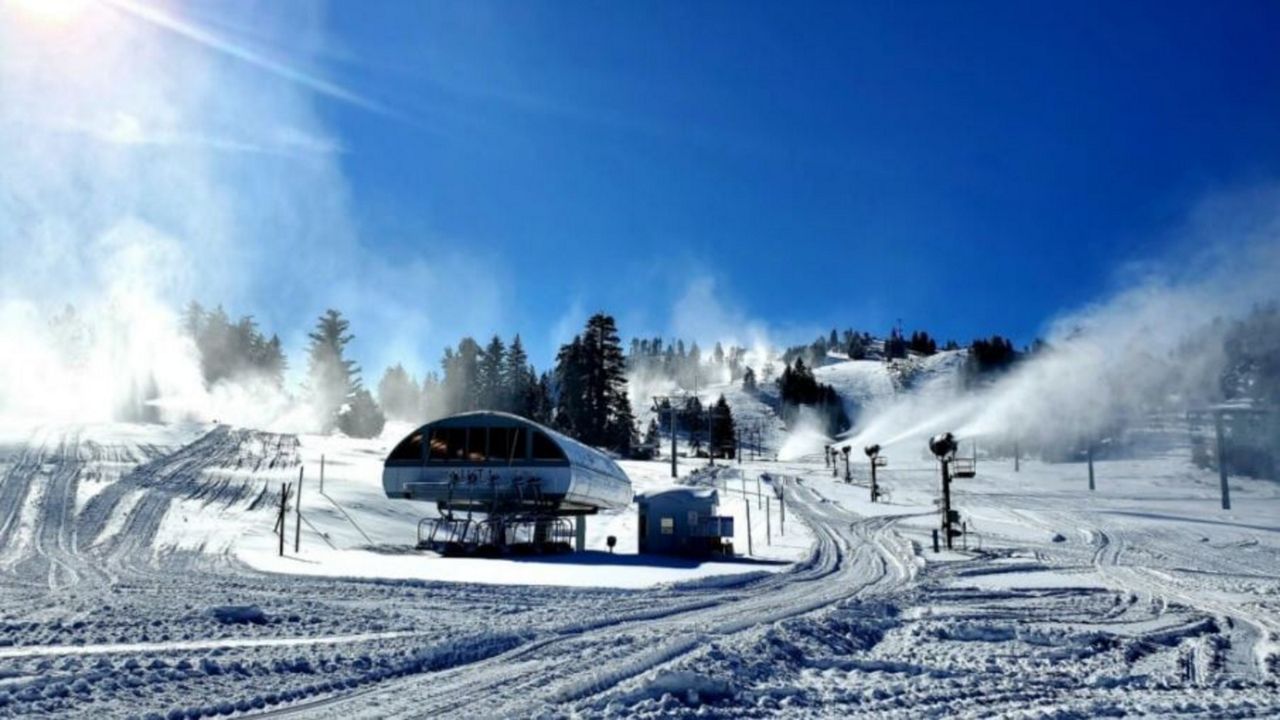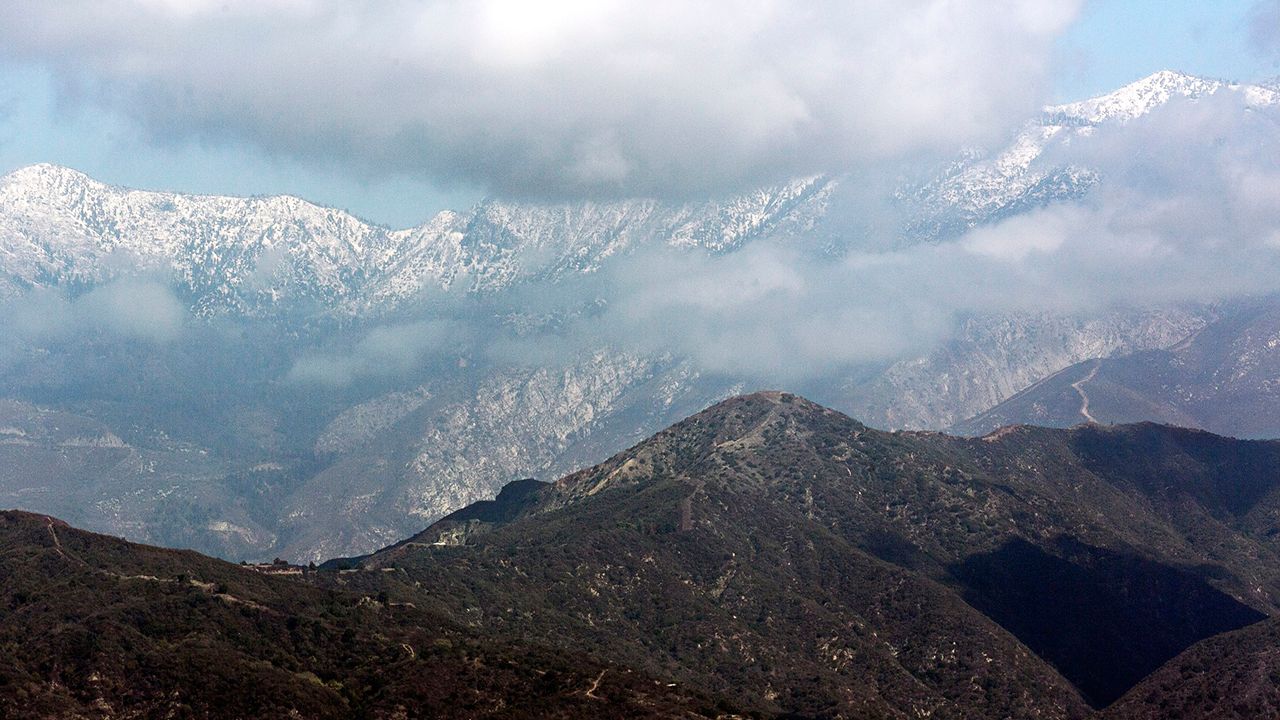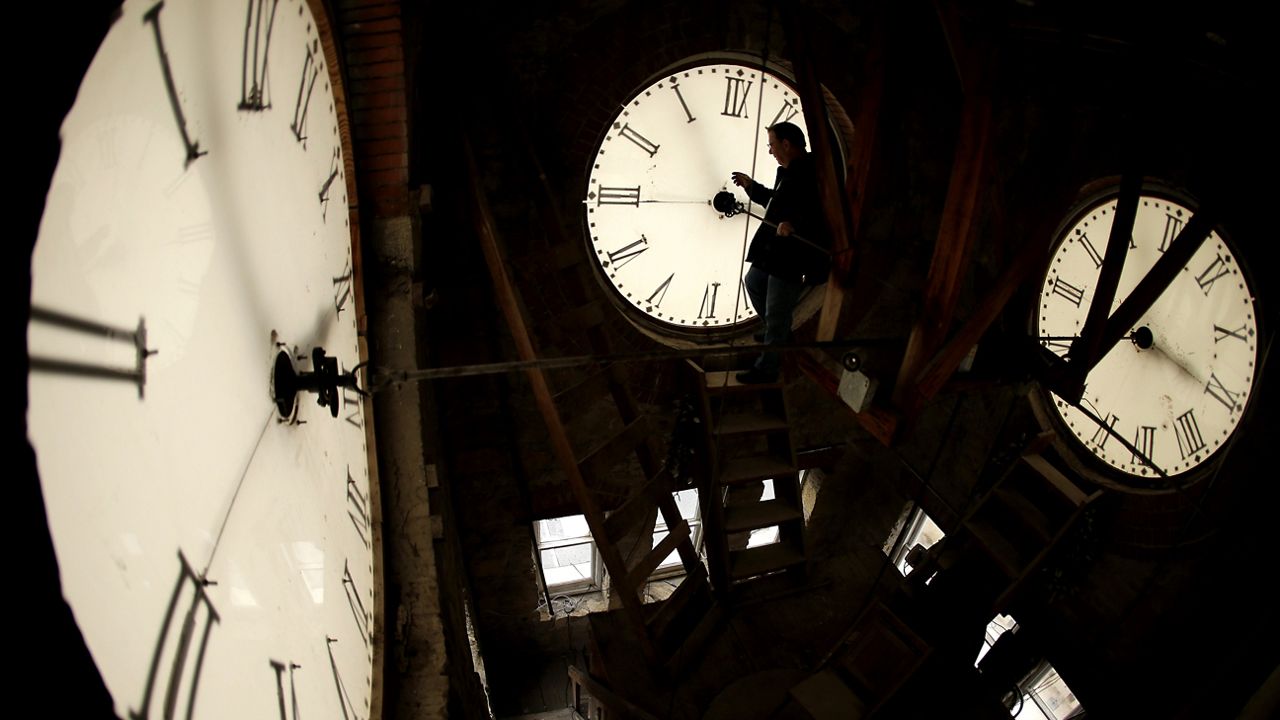Last year’s record rain season translated to bountiful snowfall on SoCal mountain resorts, however ski and snow play resorts can’t always rely on mother nature to deliver fresh powder.
In fact, more often than not, SoCal resorts have to rely on artificial snow to get the ski and snowboard season started. The question is...when is the right time to start blowing snow in Southern California?
Local ski resorts hope for fall storms to be cold enough and wet enough deliver blankets of snow. Unfortunately, most storms don’t make it into southern California until December, which on average is the third wettest month (behind January and February).
However, even without natural snow, they can take matters into their own hands if the weather is ideal. According to Big Bear Mountain Resort, overnight temperatures need to drop into the 20s consistently for snow to be made. That usually happens around mid-November.
It’s no coincidence that the average temperature for the month of November is 27 degrees at lake level in Big Bear. Temperatures only get colder as elevation rises above the lake where the ski resorts reach up to 8,805 feet.
Dry air cools at a rate of 5.4 degrees Fahrenheit per every 1000 feet. So, when at lake level it is 25 degrees, it can be 15 degrees at the top of Bear Mountain.
Besides sub-freezing temperatures, other variables are important for the efficient production of snow.
Dry Air: Santa Ana winds are good for snow making at high elevations. First, because the air is still cold. It hasn’t compressed and warmed. Second, because dry air lowers the wet bulb temperature.
Low Wet Bulb Temperature: When the air is dry, more evaporation occurs. Evaporation, a cooling process, removes heat energy from the air, and thus, makes for colder temperatures. So when the air temperature is 32 degrees on a dry night, the wet bulb temperature can be as low as 22 degrees. The closer to zero degrees the better.
Wind: Moderate to strong sustained winds in the same direction are good for dispersing the snow evenly. Eradic winds make it difficult to lay a deep blanket of snow on the runs
Sustained Weather: Consistent streak of subfreezing temperatures keeps the snow around.
In the last couple of weeks, crews have set up snow guns across their slopes.
"Snow making is weather dependent, so as soon as we have the right low temps and humidity levels, snow making will begin at Snow Valley," said spokesperson John Brice. Snow Valley is Big Bear Mountain Resorts' newest resort acquisition.

Snow making is the production of snow by forcing water and pressurized air through a “snow gun”, also known as a “snow cannon.”
Snow making is mainly used at ski resorts to supplement natural snow and to help extend their ski seasons, which typically run from Thanksgiving to Easter.
Up in the Sierra, with a combination of a little natural snow and man made snow, opening day at Mammoth is scheduled for next weekend. Check out these pics from Mammoth's Facebook page showing how they're making snow.
Big Bear Snow Play has already opened it's snow tubing terrain because of the recent great snow making conditions.
Our team of meteorologists dives deep into the science of weather and breaks down timely weather data and information. To view more weather and climate stories, check out our weather blogs section.











